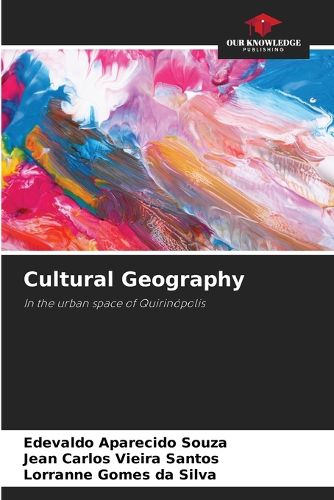Readings Newsletter
Become a Readings Member to make your shopping experience even easier.
Sign in or sign up for free!
You’re not far away from qualifying for FREE standard shipping within Australia
You’ve qualified for FREE standard shipping within Australia
The cart is loading…






Quirinopolis is located in the heart of the Goias Cerrado, where the boundaries between the countryside and the city are so blurred that its urban character is clearly visible. This fact becomes even more apparent with a humanised analysis of the habits, customs and values of the local population. All of this is described, from the geography of the most everyday spaces, such as squares, bars, streets and markets, to those that, although commonplace, are very often relegated to oblivion, almost always because of their polemicising nature. The research carried out in this work departs from the more general knowledge about the city, based on sugar-alcohol production and the consequent migration of labour, especially from the north-east of Brazil. In the light of the categories of space, territory, landscape and place, the researchers weave a rich panorama in which Quirinopolis appears as a mosaic of its traditions, ethnicities and accents. It's a real dive into the culture of this city, which is located in one of the most arterial regions of the state of Goias. This book is therefore essential reading for researchers and sympathisers of Cultural Geography and related areas.Marilia Vieira-UEG
$9.00 standard shipping within Australia
FREE standard shipping within Australia for orders over $100.00
Express & International shipping calculated at checkout
Quirinopolis is located in the heart of the Goias Cerrado, where the boundaries between the countryside and the city are so blurred that its urban character is clearly visible. This fact becomes even more apparent with a humanised analysis of the habits, customs and values of the local population. All of this is described, from the geography of the most everyday spaces, such as squares, bars, streets and markets, to those that, although commonplace, are very often relegated to oblivion, almost always because of their polemicising nature. The research carried out in this work departs from the more general knowledge about the city, based on sugar-alcohol production and the consequent migration of labour, especially from the north-east of Brazil. In the light of the categories of space, territory, landscape and place, the researchers weave a rich panorama in which Quirinopolis appears as a mosaic of its traditions, ethnicities and accents. It's a real dive into the culture of this city, which is located in one of the most arterial regions of the state of Goias. This book is therefore essential reading for researchers and sympathisers of Cultural Geography and related areas.Marilia Vieira-UEG